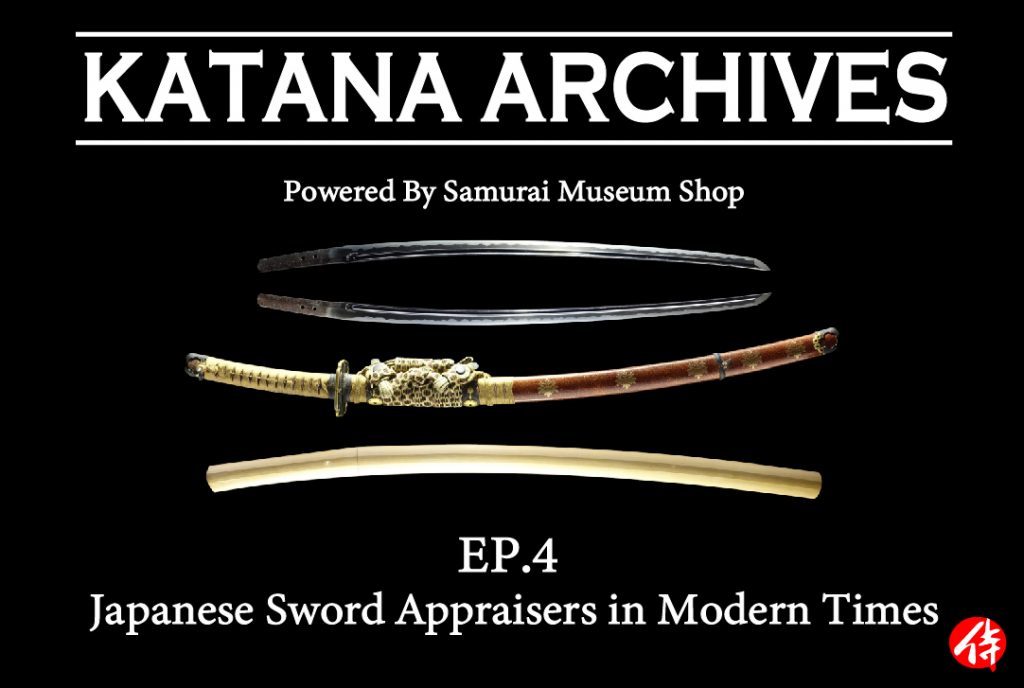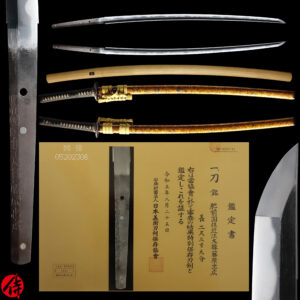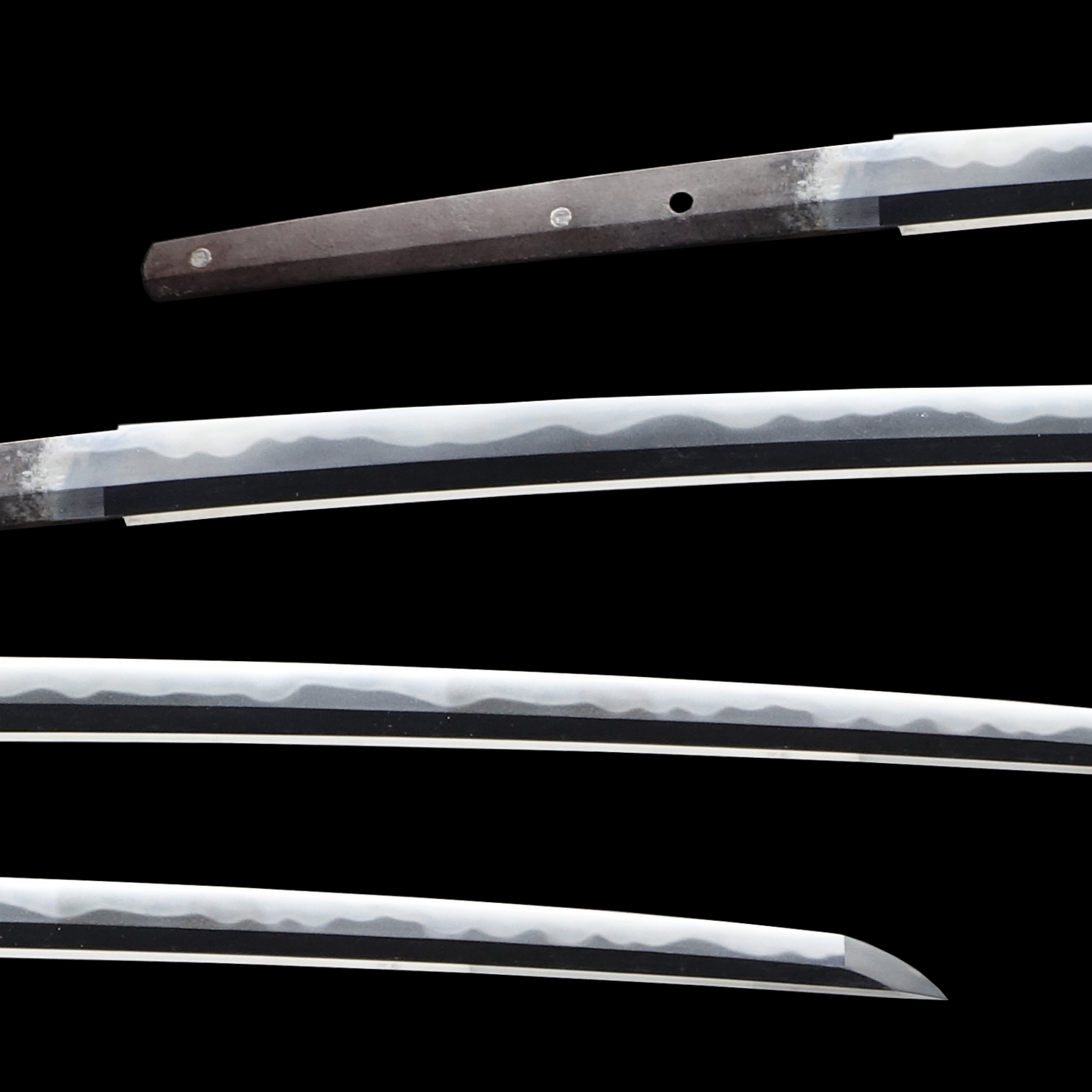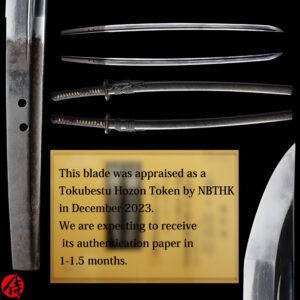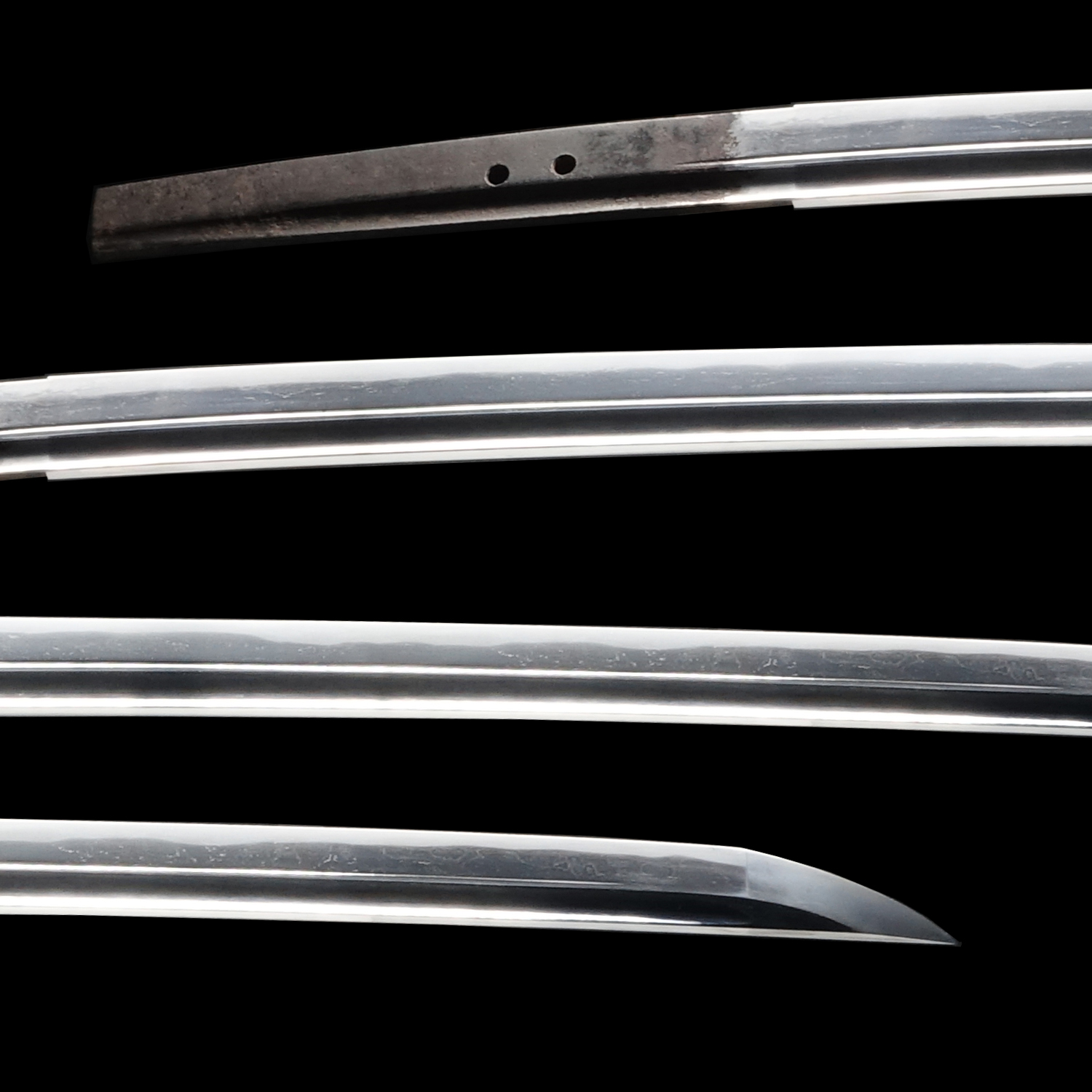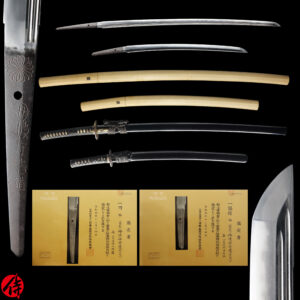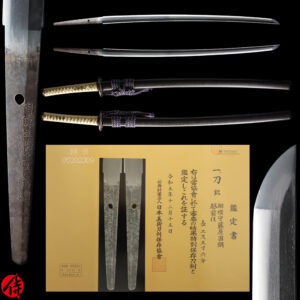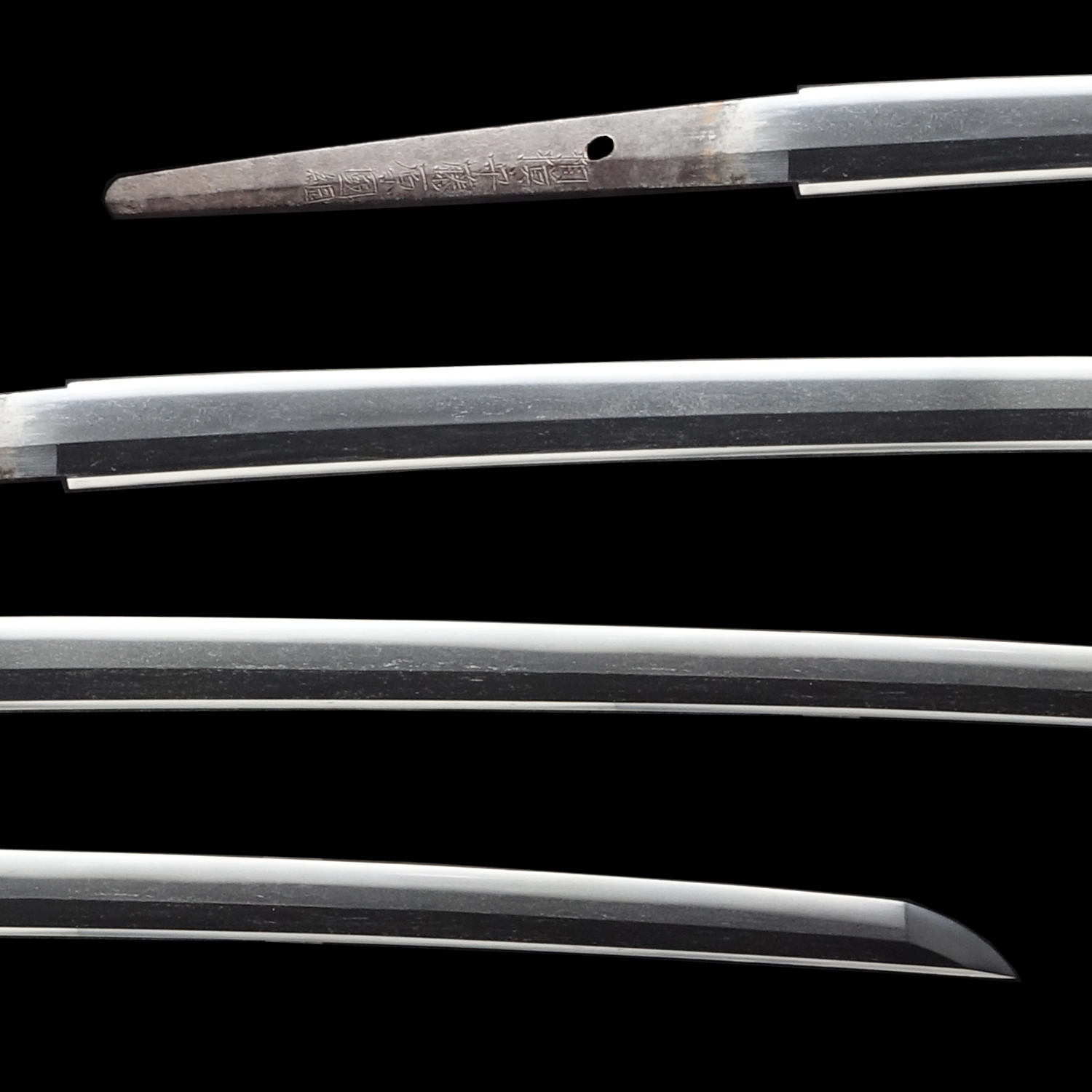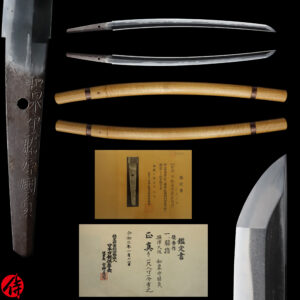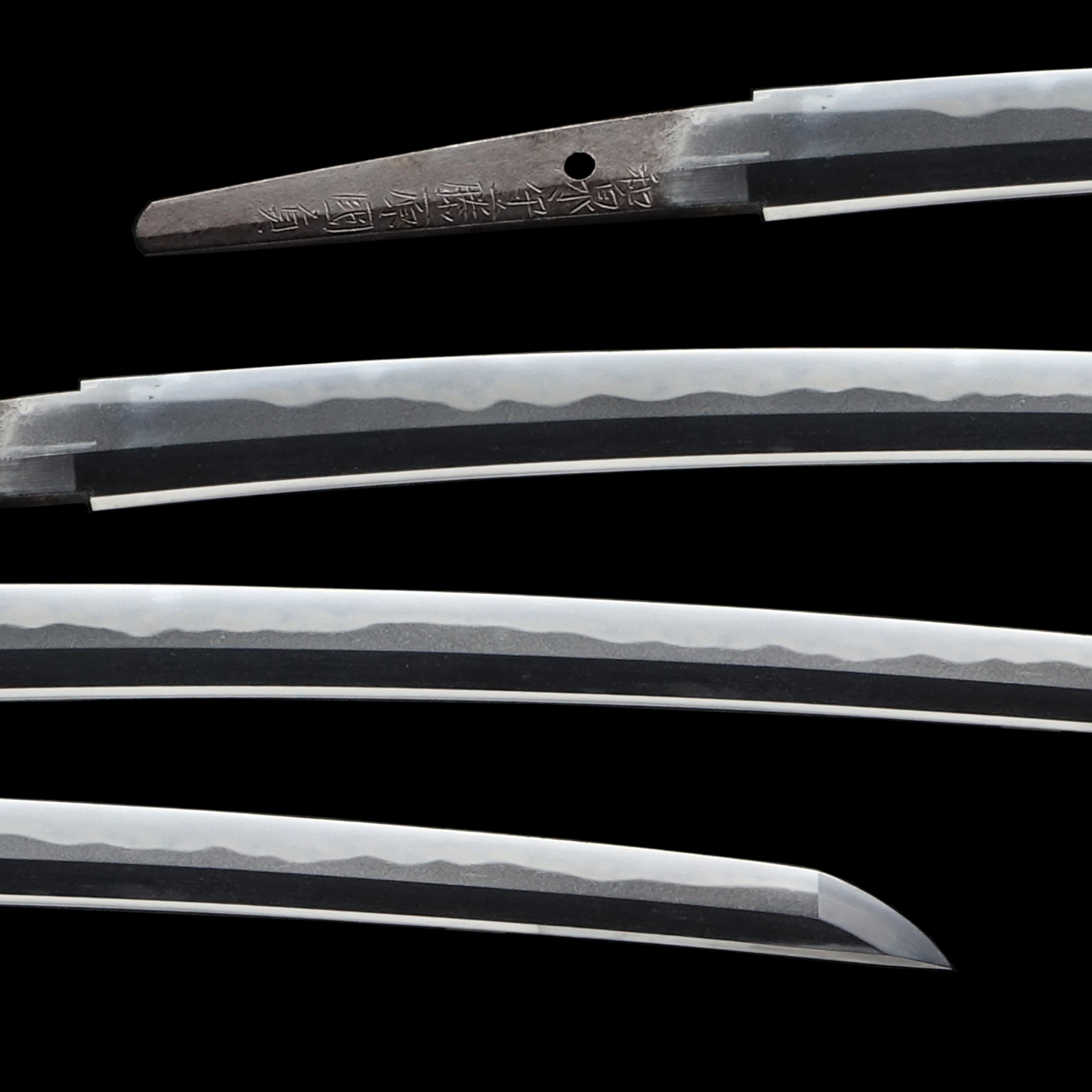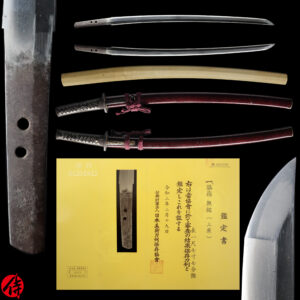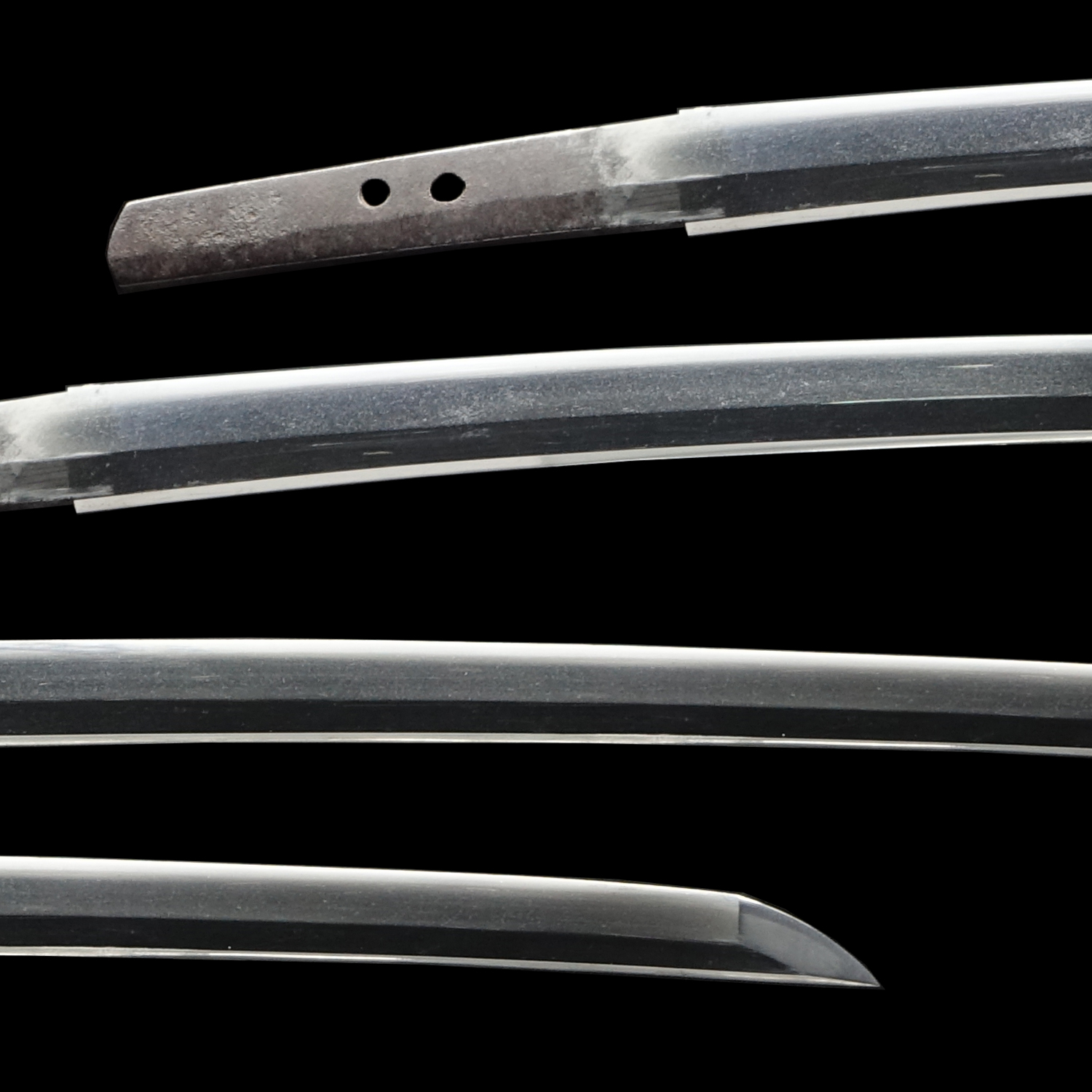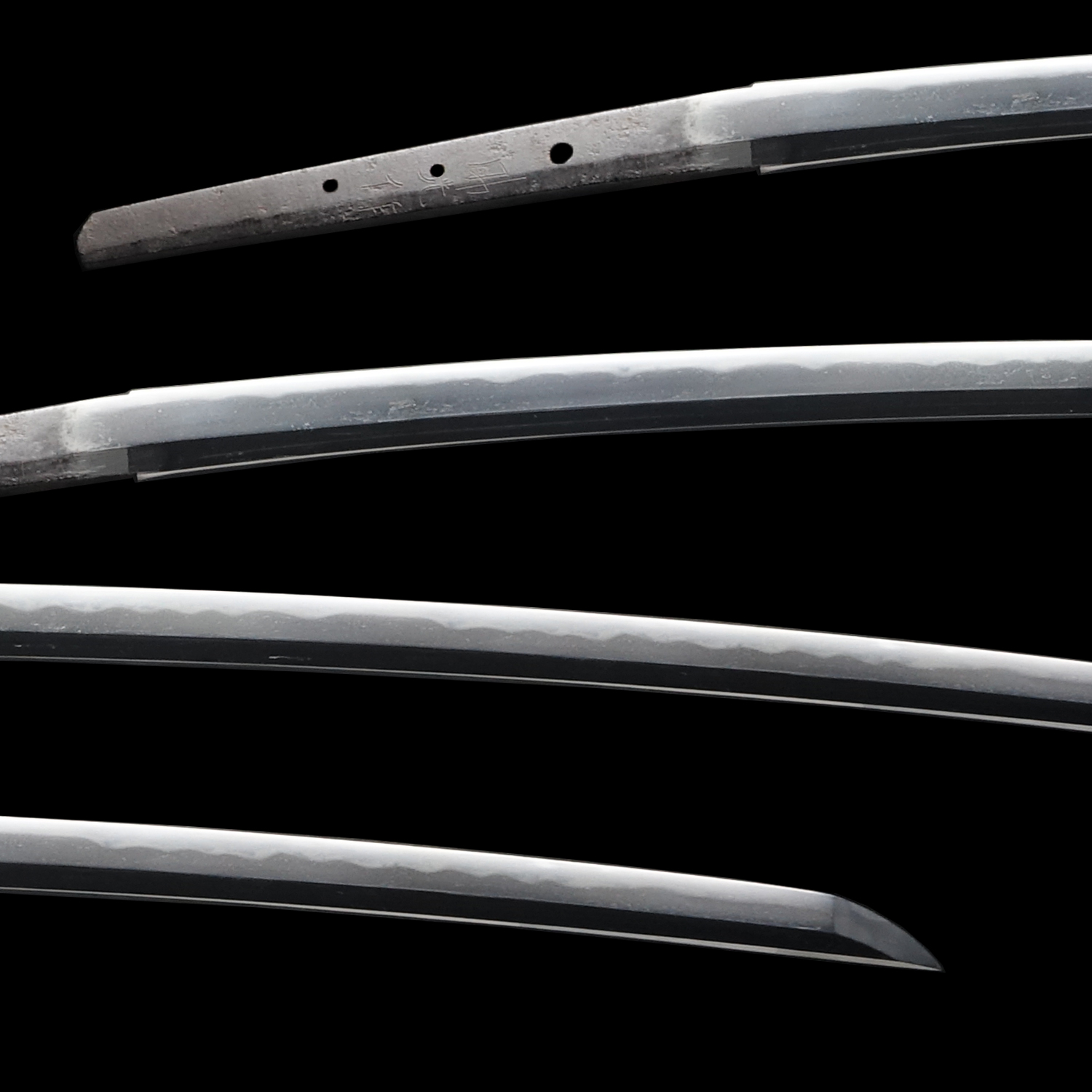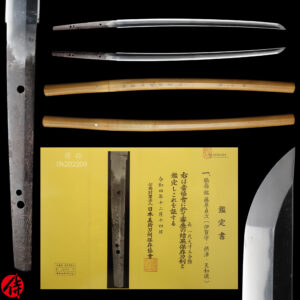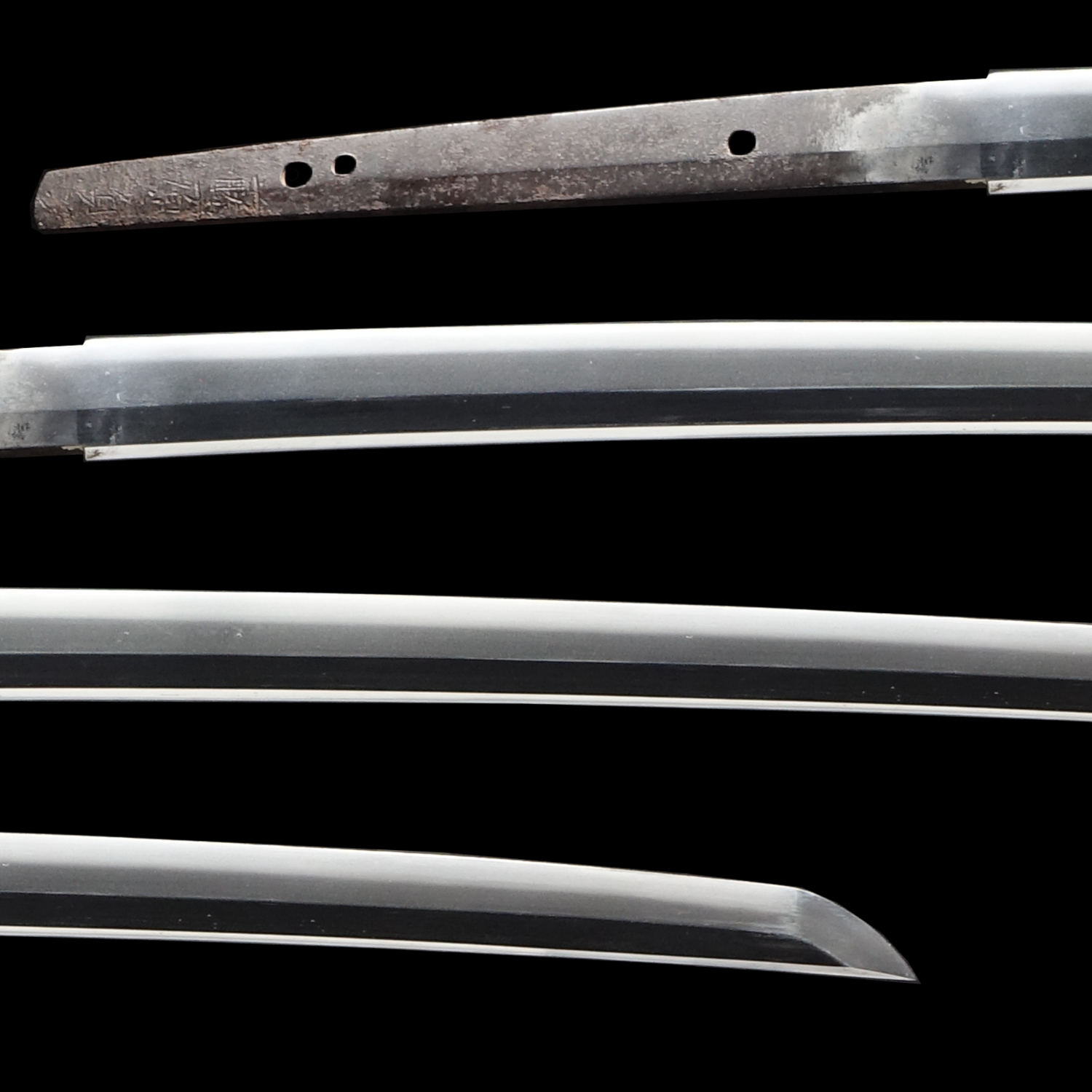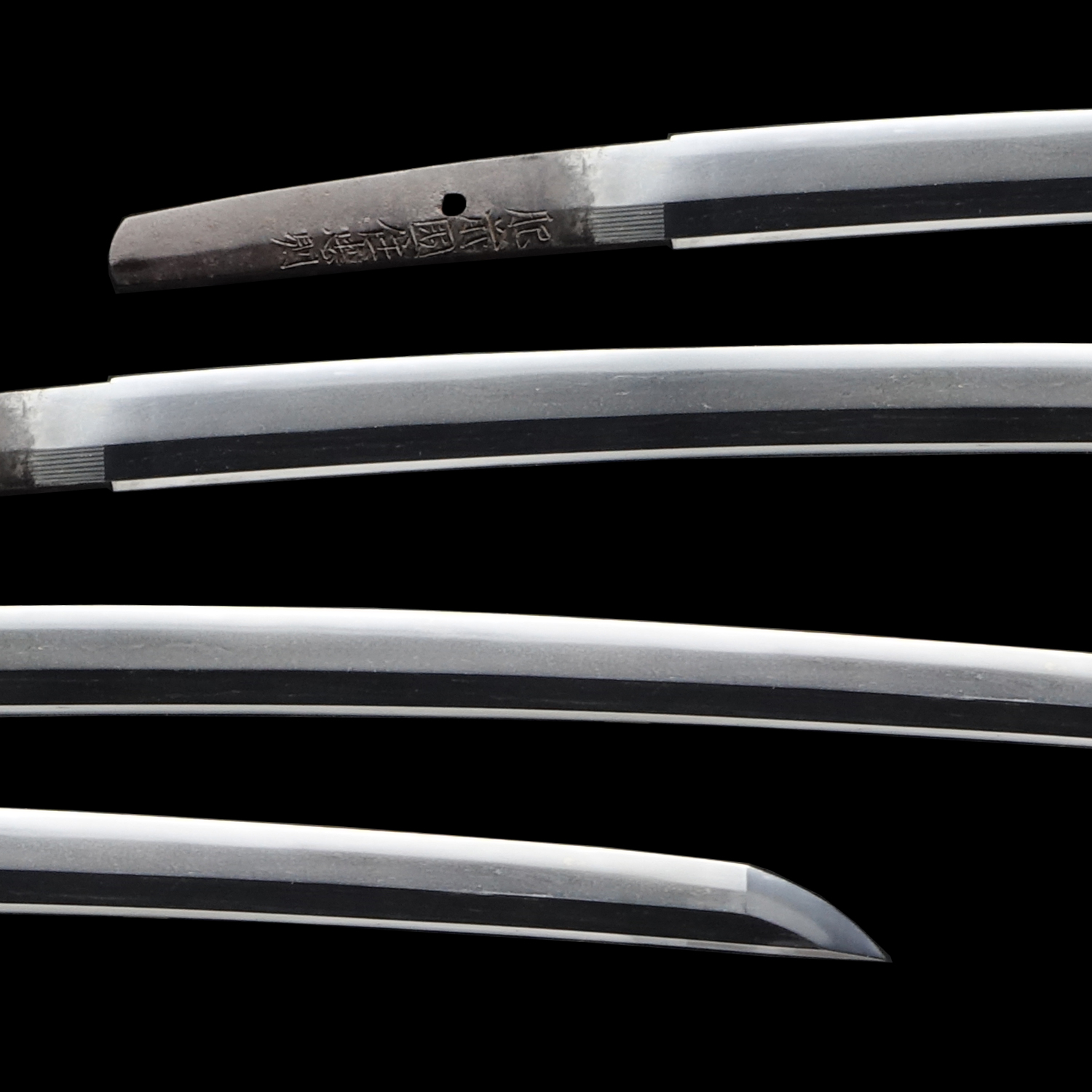【Episode 4】Japanese Sword Appraisers in Modern Times: NBTHK / NTHK
Given these pieces of information in the previous episodes, you might have wondered:
“Is there anyone who can authenticate or appraise antique Japanese swords?“
Today, we would like to touch on this subject.
First of all, authentic Japanese swords often have a copy of the Authentication Paper, which is often called ORIGAMI(折り紙; Folded paper) in Japanese. If the sword has a Origami, it means that the artifact has been proved to be authentic. In case you found the sword without its authentication paper, that does not necessarily mean that the sword is fake. We assume that the sword’s previous owner may not have been too interested in getting one.
The origin of the term Origami dates back to the Samurai times, as the Japanese sword sharpener family HON-AMI was selected as the Government’s official sword appraisal agency. Since they folded the authentication paper, it was called Origami, with the first ‘Ori’ meaning ‘Fold’ and the latter part ‘Gami’ meaning ‘Paper.’ Thus, the broad definition of the word Origami could range from the ones during that era to those in modern times, which might largely differ.
The ones we intend to address here are the Origami in the present day, Japanese sword certificates of historical value in general.
While Origami themselves have always been a big subject for all collectors/merchants around Japan, these below are officially known as the two most reliable organizations at the moment.
I: NBHTK or Nihon Bijutsu Tohken Hozon Kyoukai (日本美術刀剣保存協会; The Japanese Art Sword Preservation Committee)
NBTHK is currently the most active organization for authentication of Japanese swords. The foundation of NBTHK dates back to the post-WWII era, following the establishment of the current Japanese Government, when Japanese swords were on the verge of extinction.
When the American operational unit GHQ (General Head Quarter) tried to confiscate all sorts of Japanese weapons from the country, the founders of NBTHK thought to protect the history and everlasting beauty of the Japanese sword as an antique collection by organizing a governmental entity. NBTHK started operating in the year 1948 and has issued the largest number of Origami for Japanese swords.
When it comes to NBTHK’s appraisal, there are four given ranks for valuable Japanese swords.
a. Tokubetsu Juyo (Very important)
b. Juyo (Important)
c. Tokubetsu Hozon (Specially Preserved)
d. Hozon (Preserved)
*These three ranks were also used by NBTHK from 1948 to 1981.
-Koshu Tokubetsu Kicho *No longer issued
-Tokubetsu Kicho (Special Rare) *No longer issued
-Kicho (Rare) *No longer issued
■An Example of Juyo TOKEN Paper issued by NBTHK
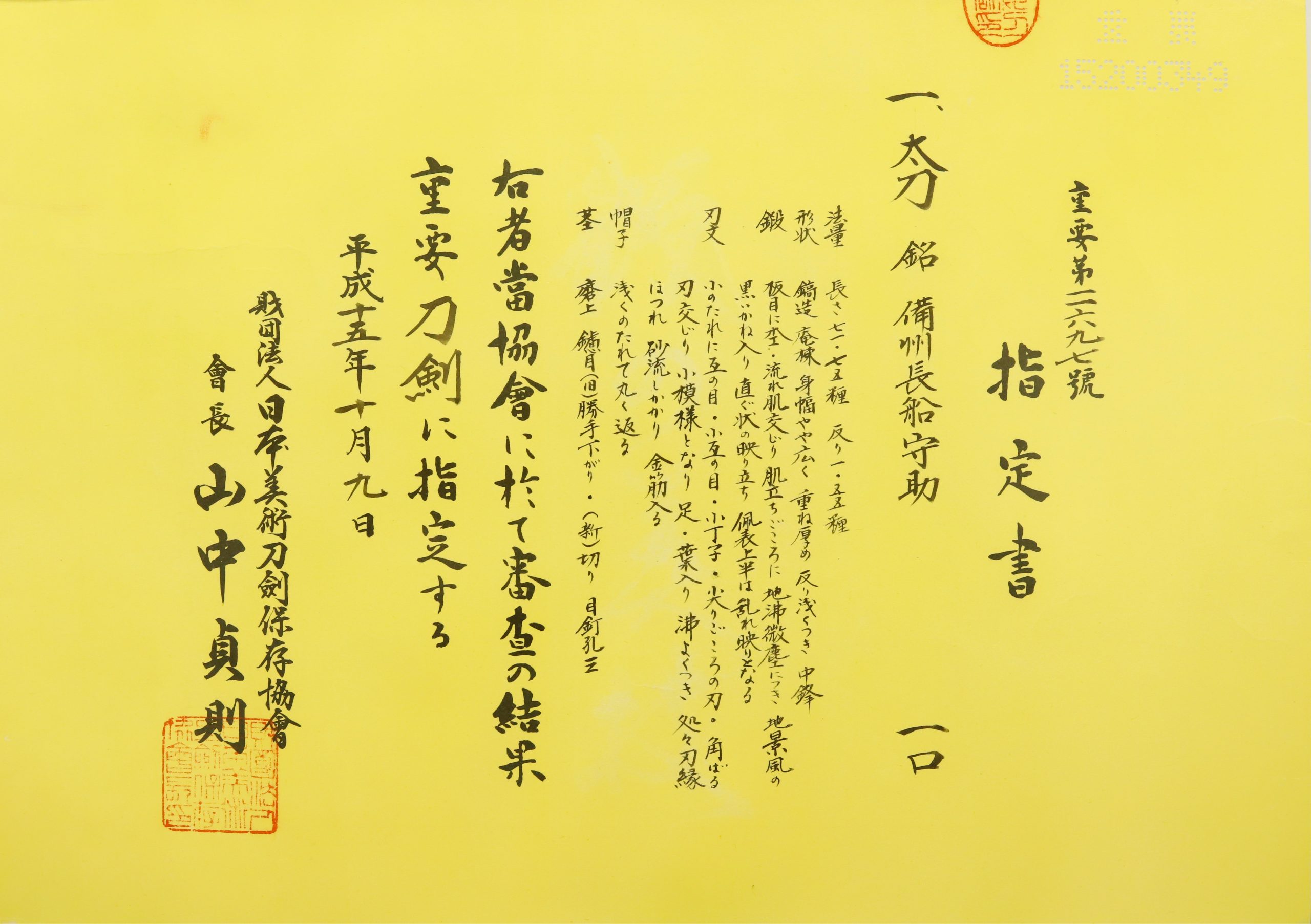
■ An Example of Tokubetsu Hozon TOKEN Paper issued by NBTHK
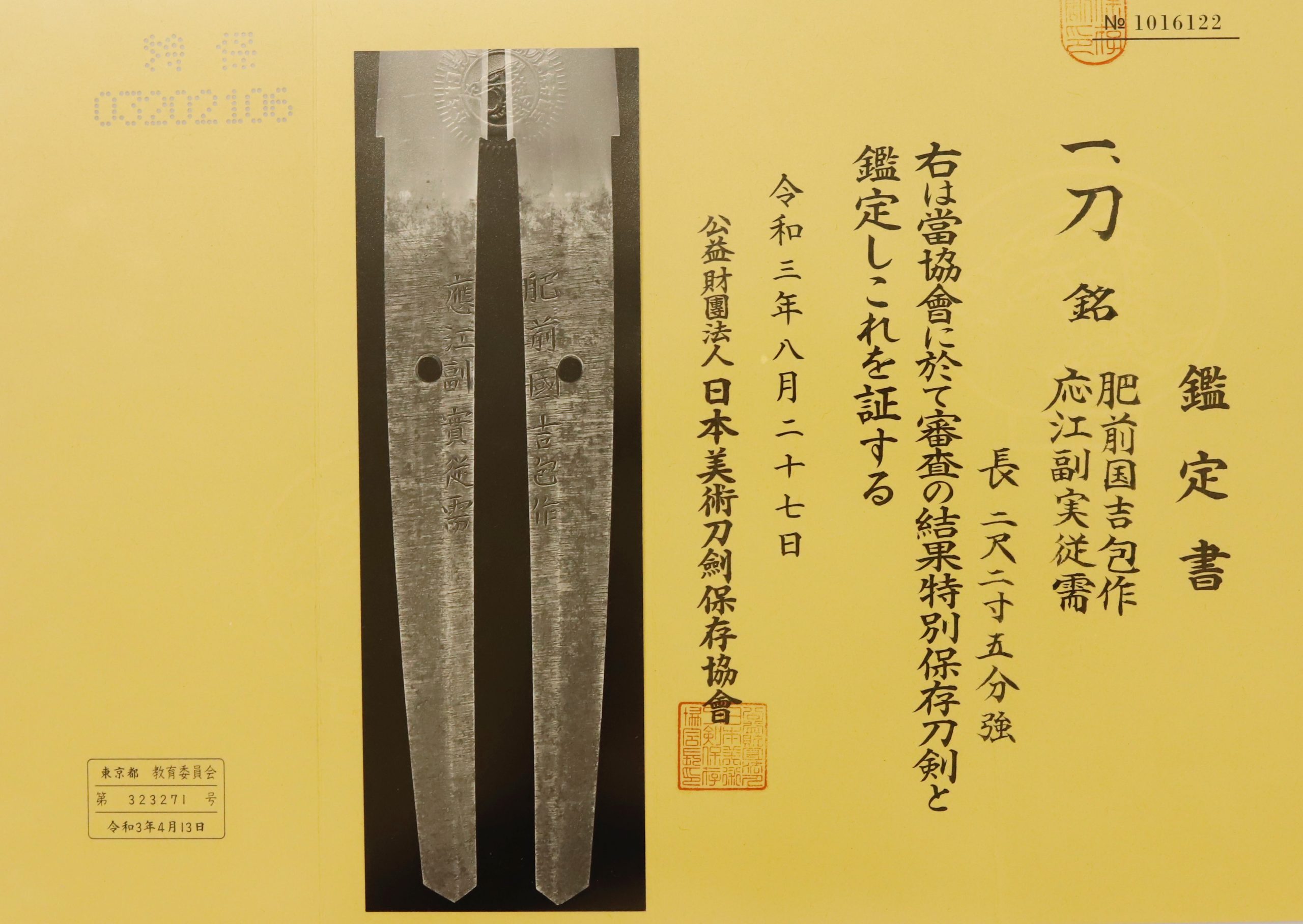
■An Example of Hozon TOKEN Paper issued by NBTHK
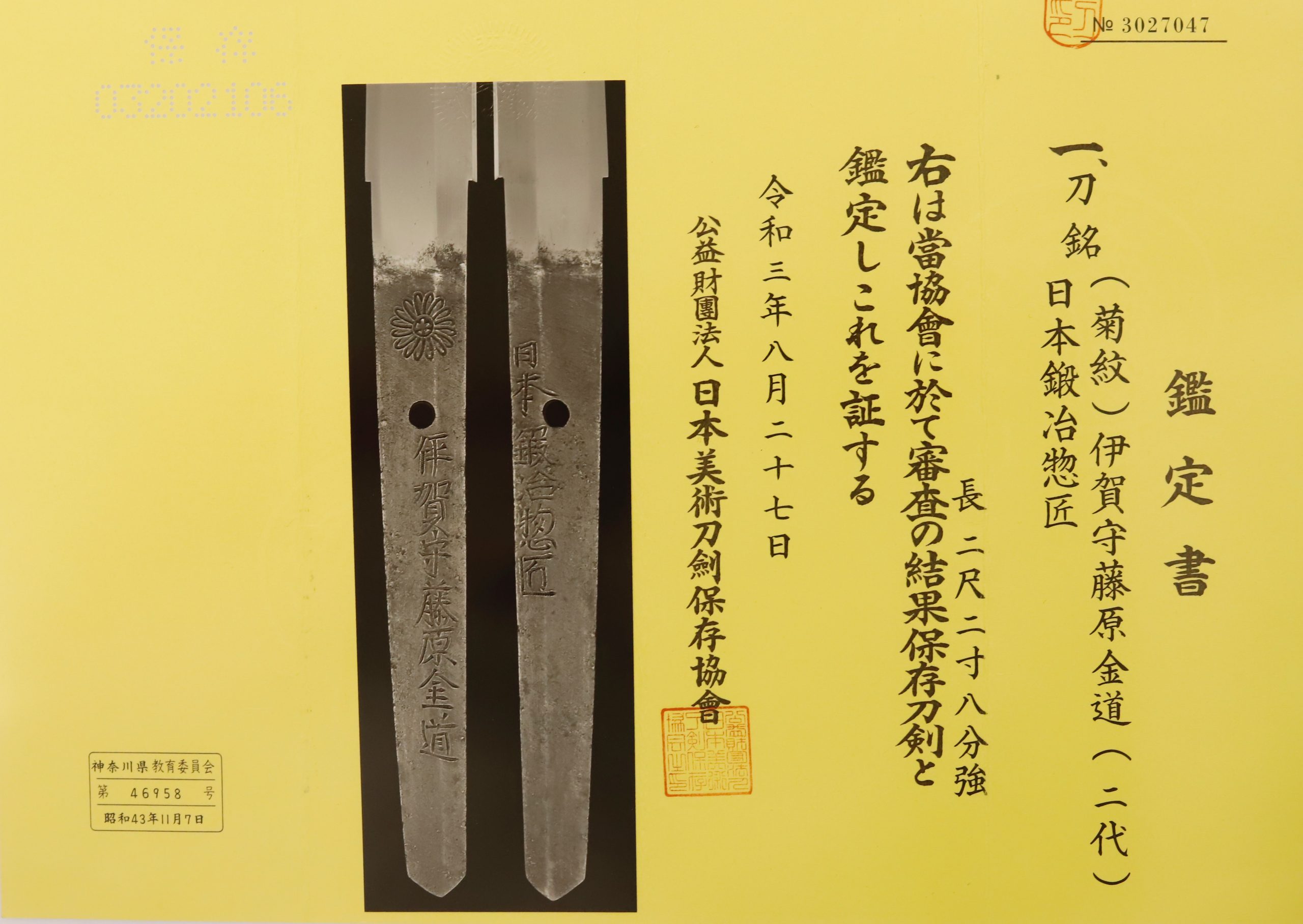
NBTHK JUYO Token for sale
NBTHK Tokubetsu Hozon Token for sale
NBTHK Hozon Token for sale
Ⅱ: NTHK (It’s an NPO; Non-Profitable Organization) or Nihon Touken Hozon Kai (日本刀剣保存会; The Japanese Sword Preservation Society)
NTHK-NPO is the oldest organization for authentication of Japanese swords. It was established in 1910 during the post-Samurai era. The founder UKOH TAKASE published a history book called ‘Sword and History’ in the 43rd of the Meiji period, which gradually led to the establishment of NTHK.
In the NTHK appraisal today, authentication papers are issued in four different ranks.
- Yushu Saku (Valuable)
- Kanteisho (Appraised)
- Shinteisho (Authenticated)
■An Example of Kanteisho Paper issued by NTHK

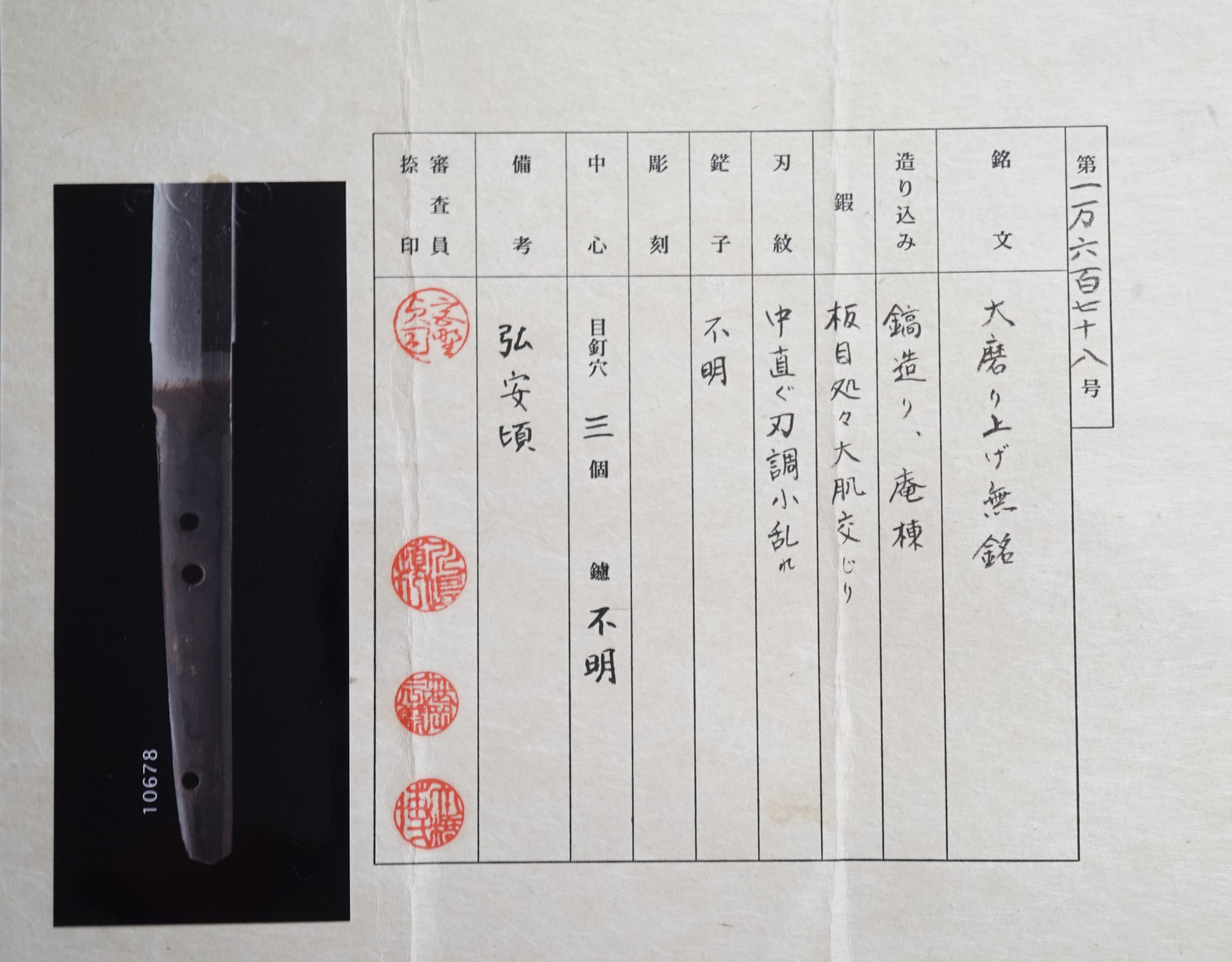
The authentication papers issued before 1979 had more ranks, which were a bit too complicated, so they changed the valuation basis in that year. The ranks that had existed before 1979 are listed below if you would like to find out.
・Sai-Yushu Saku
・Yushu Saku II / Yushu Saku (Today’s Yushu Saku rank)
・Shu Saku II / Shu Saku / Yu Saku (Today’s Kanteisho rank)
・Yu Saku (Equals today’s Shinteisho)
It is sometimes hard to determine the authenticity of signatures or unsigned swords, even for Japanese sword appraisers. There can be different opinions among NBTHK and NTHK when it comes to appraising the Japanese swords. However, we firmly believe that these Origami papers help you understand the mysterious world of the Japanese sword and its history at a deeper level.
Above are the two organizations for sword authentication in Japan. We hope this article helps you resolve the question in this episode.
Antique Japanese swords we sell have the actual certificate by either NTHK or NBTHK. You may also take that into account if you are beginning to imagine having an everlasting, refined piece of the Japanese sword.
Thank you so much for reading the article. See you in the next episode.
Samurai Museum
Email: order@samuraimuseum.jp
TEL:+81 3 6457 6411
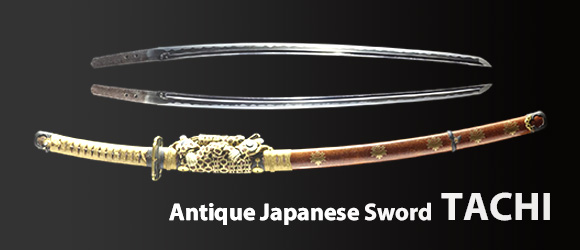
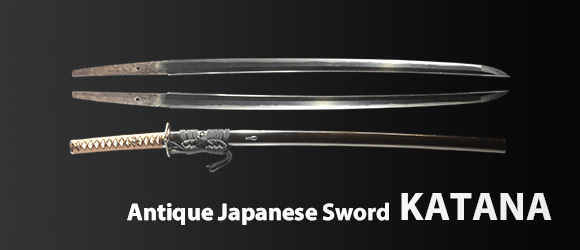
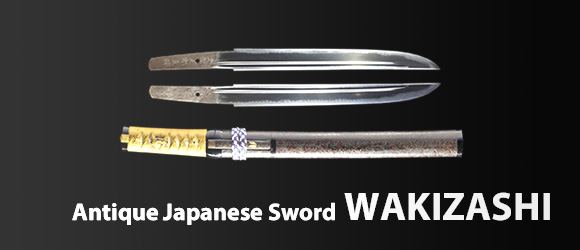
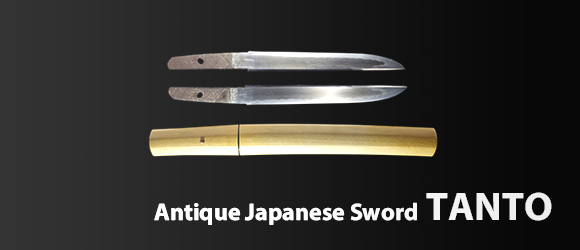
-
$13,898.01
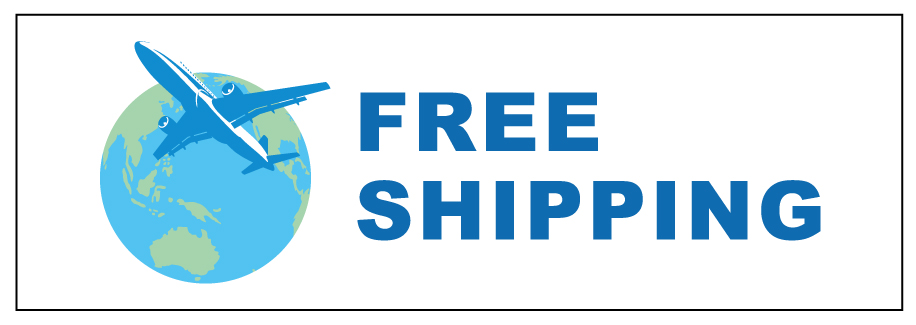
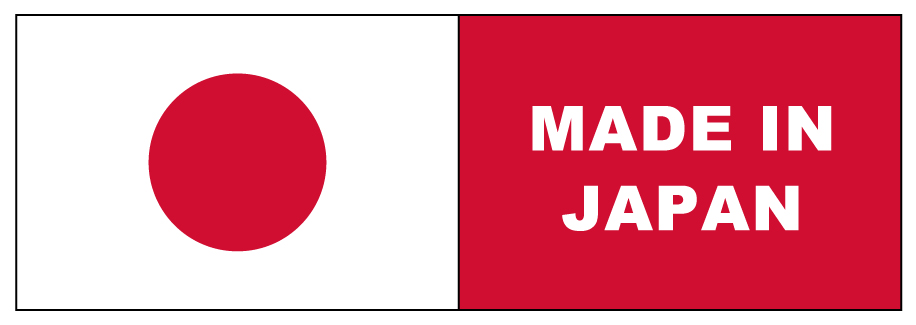
DELIVERY TIME : Approx. 1-1.5 months
*We ship from Tokyo, Japan. There might be delay in shipment depending on countries.
SHIPPING TO :
USA, UK, Canada, Mexico, Germany , Hong Kong, France, Australia
*Please contact us prior to purchase if your country isn’t listed.
INCLUDED : NBTHK Tokubetsu Hozon Certificate, Koshirae Mounting, Shirasaya Case, Traditional Sword Carrying Case, Sword Maintenance Kit, Full Exportation Support
| Category |
Katana ( SHINTO) |
| Age |
Early Edo Period (1641-1688) |
| Swordsmith |
Hizen Koku Jyu Omi no Daijyo Fujiwara Tadahiro
(肥前国住近江大掾藤原忠広) |
| Certificate |
NBTHK Tokubetsu Hozon Certificate |
| Location |
Hizen province (Today’s Saga prefecture) |
| Blade Size |
Cutting Edge Length: 72.4 cm (28.5 inches)
Curvature:1.66 cm (0.65 inches) |
More photos& videos available on request. Please feel free to contact us.
-
$10,739.37


DELIVERY TIME : Approx. 1-1.5 months
*We ship from Tokyo, Japan. There might be delay in shipment depending on countries.
SHIPPING TO :
USA, UK, Canada, Mexico, Germany , Hong Kong, France, Finland, Australia
*Please contact us prior to purchase if your country isn’t listed.
INCLUDED : NBTHK Tokubetsu Hozon Certificate, Koshirae Mounting, Traditional Sword Carrying Case, Sword Maintenance Kit, Full Exportation Support
| Category |
Katana ( KOTO) |
| Age |
Nanbokucho period |
| Swordsmith |
attributed to Suesa (末佐: Unsigned) |
| Certificate |
NBTHK Tokubetsu Hozon Certificate |
| Location |
Chikuzen Province (Today’s Fukuoka prefecture) |
| Blade Size |
Cutting Edge Length: 71.8 cm (28.2 inches)
Curvature: 1.1 cm (0.43 inches) |
More photos& videos available on request. Please feel free to contact us.
-
$27,164.30


DELIVERY TIME : Approx. 1-1.5 months
*There might be delay in shipment depending on countries
SHIPPING TO :
USA, UK, Canada, Mexico, Germany , Hong Kong, France, Australia
*Please contact us prior to purchase if your country isn’t listed.
INCLUDED : NBTHK Tokubetsu Hozon Certificate for Katana and Wakizashi , Shirasaya Case×2, Koshirae Mounting×2, Traditional Sword Carrying Case×2, Sword Maintenance Kit, Full Exportation Support
| Category |
Katana& Wakizashi ( SHINTO) |
| Age |
Early-Mid Edo period |
| Swordsmith |
The third-gen Yoshimichi (三代京丹波守吉道)
The fourth-gen Yoshimichi (四代京丹波守吉道) |
| Certificate |
NBTHK Tokubetsu Hozon Certificate for both blades |
| Location |
Yamashiro Province (Kyoto prefecture) |
| Blade Size |
Cutting Edge Length: 75.4 cm ( 29.7 inches)
Curvature: 1.30 cm ( 0.51 inches)
Cutting Edge Length: 50.0 cm ( 19.7 inches)
Curvature: 1.21 cm ( 0.47 inches) |
More photos& videos available on request. Please feel free to contact us.
-
$6,949.01


DELIVERY TIME : Approx. 1-1.5 months
*We ship from Tokyo, Japan. There might be delay in shipment depending on countries.
SHIPPING TO :
USA, UK, Canada, Mexico, Germany , Hong Kong, France, Finland, Australia
*Please contact us prior to purchase if your country isn’t listed.
INCLUDED : NBTHK Tokubetsu Hozon Certificate, Koshirae Mounting, Traditional Sword Carrying Case, Sword Maintenance Kit, Full Exportation Support
| Category |
Katana ( SHINTO) |
| Age |
Early Edo period (mid-late 17th century) |
| Swordsmith |
Sagami no Kami Fujiwara Kunitsuna (相模守藤原国綱) |
| Certificate |
NBTHK Tokubetsu Hozon Certificate |
| Location |
Echizen Province (Today’s Fukui prefecture) |
| Blade Size |
Cutting Edge Length: 71.5 cm (28.1 inches)
Curvature: 1.3 cm (0.51 inches) |
More photos& videos available on request. Please feel free to contact us.
-
$9,475.92


DELIVERY TIME : Approx. 1-1.5 months
*We ship from Tokyo, Japan. There might be delay in shipment depending on countries.
SHIPPING TO :
USA, UK, Canada, Mexico, Germany , Hong Kong, France, Finland, Australia
*Please contact us prior to purchase if your country isn’t listed.
INCLUDED : NBTHK Tokubetsu Hozon Certificate, NTHK Yushu Saku Certificate, Shirasaya Case (Plain Wooden Case), Traditional Sword Carrying Case, Sword Maintenance Kit, Full Exportation Support
| Category |
Wakizashi (SHINTO)
|
| Age |
Early Edo period (Early 17th century) |
| Swordsmith |
Izumi no Kami Fujiwara Kunisada (和泉守藤原国貞) |
| Certificate |
NBTHK Tokubetsu Hozon Certificate |
| Location |
Settsu province (Today’s Osaka prefecture) |
| Blade Size |
Cutting Edge Length: 54.8 cm (21.5 inches)
Curvature: 1.6 cm (0.63 inches)
|
More photos& videos available on request. Please feel free to contact us.
-
$3,790.37


DELIVERY TIME : Approx. 1-1.5 months
*We ship from Tokyo, Japan. There might be delay in shipment depending on countries.
SHIPPING TO :
USA, UK, Canada, Mexico, Germany , Hong Kong, France, Finland, Australia
*Please contact us prior to purchase if your country isn’t listed.
INCLUDED : NBTHK Hozon Certificate, Shirasaya Case, Koshirae Case, Traditional Sword Carrying Case, Sword Maintenance Kit, Full Exportation Support
| Category |
Wakizashi ( KOTO) |
| Age |
Early- Mid Muromachi period (Late 14th-Early 15th century) |
| Swordsmith |
attributed to Mihara (三原: Unsigned) |
| Certificate |
NBTHK Hozon Certificate |
| Location |
Bingo province(today’s Hiroshima prefecture) |
| Blade Size |
Cutting Edge Length : 53.8 cm ( 21.2 inches)
Curvature : 1.2 cm (0.47 inches)
|
More photos& videos available on request. Please feel free to contact us.
-
$6,317.28


DELIVERY TIME: Approx. 1-1.5 months
*We ship from Tokyo, Japan. There might be delay in shipment depending on countries.
SHIPPING TO:
USA, UK, Canada, Mexico, Germany, Hong Kong, France, Finland, Australia
*Please contact us prior to purchase if your country isn’t listed.
INCLUDED: NBTHK Hozon Certificate, Koshirae Case (Decorative Sword Mounting), Shirasaya Case, Traditional Sword Carrying Bag, Sword Maintenance Kit, Full Exportation Support
| Category |
Katana (KOTO :古刀)
|
| Age |
Late Muromachi Period |
| Swordsmith |
Sukemitsu (助光) |
| Certificate |
NBTHK Hozon Certificate |
| Location |
Unknown, possibly Suruga province (Today’s Shizuoka prefecture) |
| Blade Size |
Cutting Edge Length: 72.7 cm (28.6 inches)
Curvature: 2.1 cm (0.82 inches)
|
More photos& videos available on request. Please feel free to contact us.
-
$6,317.28


DELIVERY TIME : Approx. 1-1.5 months
*We ship from Tokyo, Japan. There might be delay in shipment depending on countries.
SHIPPING TO :
USA, UK, Canada, Mexico, Germany , Hong Kong, France, Finland, Australia
*Please contact us prior to purchase if your country isn’t listed.
INCLUDED : NBTHK Tokubetsu Hozon Certificate , Koshirae Case (Decorative Sword Mounting), Shirasaya Case, Traditional Sword Carrying Case, Sword Maintenance Kit, Full Exportation Support
| Category |
Wakizashi (SHIN SHIN TO)
|
| Age |
The third year of the Kyowa era (1803) |
| Swordsmith |
Tada Takakatsu (多田貴勝) |
| Certificate |
NBTHK Tokubetsu Hozon Certificate |
| Location |
Harima province (Today’s Hyogo prefecture) |
| Blade Size |
Cutting Edge Length: 40.2 cm (15.8 inches)
Curvature: 0.5 cm (0.19 inches)
|
Thank you for visiting our website. This sword was sold as each antique Japanese sword is one of a kind. However, we might be able to show you something similar because we have various types of swords available. Also, there are ones that aren’t listed on the website yet. Our customer service will help you find your ideal blade you will cherish for generations. Please feel free to contact us or check the list of swords. We will be more than happy to help you.
-
$2,842.78


DELIVERY TIME : Approx. 1-1.5 months
*We ship from Tokyo, Japan. There might be delay in shipment depending on countries.
SHIPPING TO :
USA, UK, Canada, Mexico, Germany , Hong Kong, France, Australia
*Please contact us prior to purchase if your country isn’t listed.
INCLUDED : NBTHK Hozon Certificate, Shirasaya Case (Plain Wooden Case), Traditional Sword Carrying Case, Sword Maintenance Kit, Full Exportation Support
| Category |
Wakizashi (SHINTO)
|
| Age |
Tenwa era (1681-1684) |
| Swordsmith |
Fujiwara Sadatsugu (藤原貞次) |
| Certificate |
NBTHK Hozon Certificate |
| Location |
Settsu province (Today’s Osaka prefecture) |
| Blade Size |
Cutting Edge Length: 59.2 cm (23.3 inches)
Curvature: 1.0 cm (0.39 inches)
|
More photos& videos available on request. Please feel free to contact us.
-
$2,526.91


DELIVERY TIME : Approx. 1-1.5 months
*We ship from Tokyo, Japan. There might be delay in shipment depending on countries.
SHIPPING TO :
USA, UK, Canada, Mexico, Germany , Hong Kong, France, Australia
*Please contact us prior to purchase if your country isn’t listed.
INCLUDED : NBTHK Hozon Certificate, Shirasaya Case (Plain Wooden Case), Traditional Sword Carrying Case, Sword Maintenance Kit, Full Exportation Support
| Category |
Wakizashi (SHINTO)
|
| Age |
Early Edo Period (1661-1673) |
| Swordsmith |
Hizen Koku Jyu Tadanori (肥前国住忠則) |
| Certificate |
NBTHK Hozon Certificate |
| Location |
Hizen province (Today’s Saga prefecture) |
| Blade Size |
Cutting Edge Length: 51.4 cm (20.2 inches)
Curvature: 1.2 cm (0.47 inches)
|
Thank you for visiting our website. This sword was sold as each antique Japanese sword is one of a kind. However, we might be able to show you something similar because we have various types of swords available. Also, there are ones that aren’t listed on the website yet. Our customer service will help you find your ideal blade you will cherish for generations. Please feel free to contact us or check the list of swords. We will be more than happy to help you.





